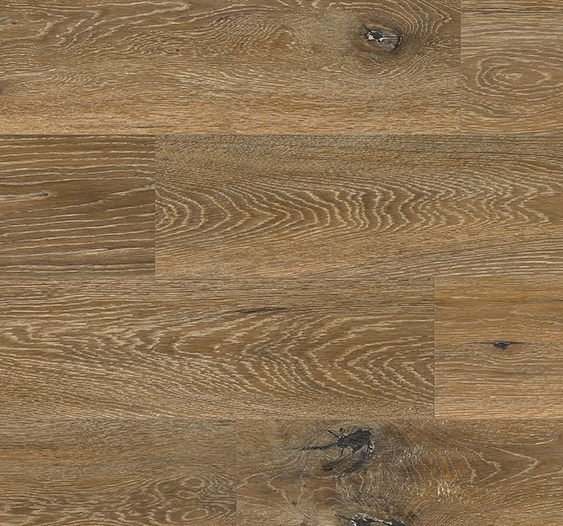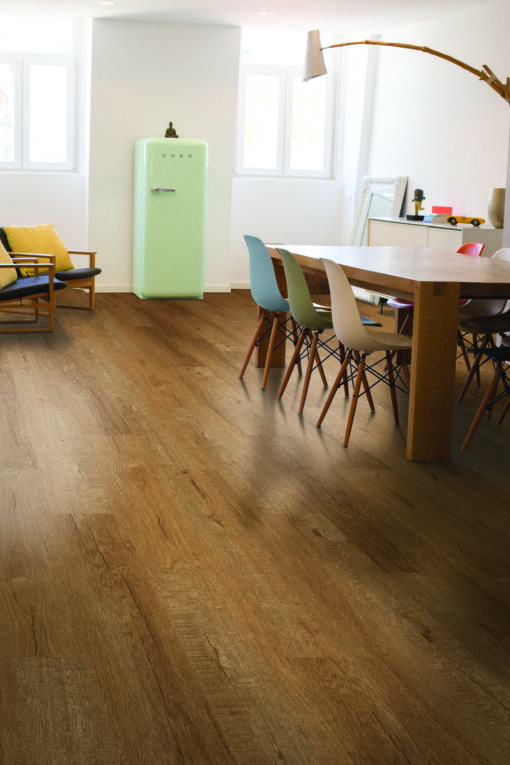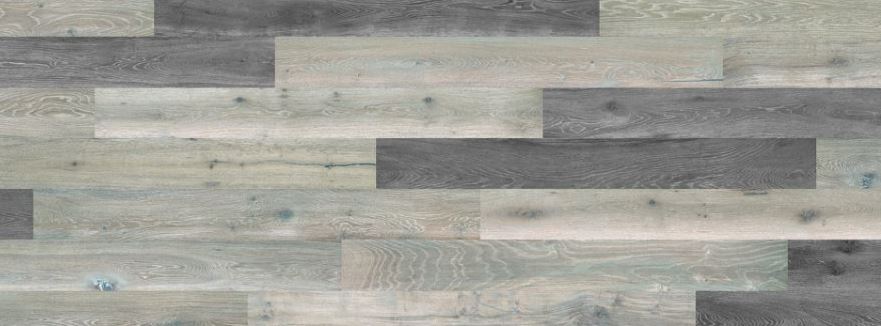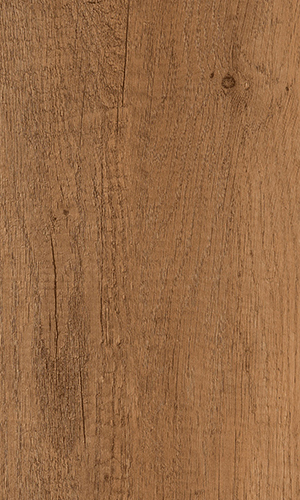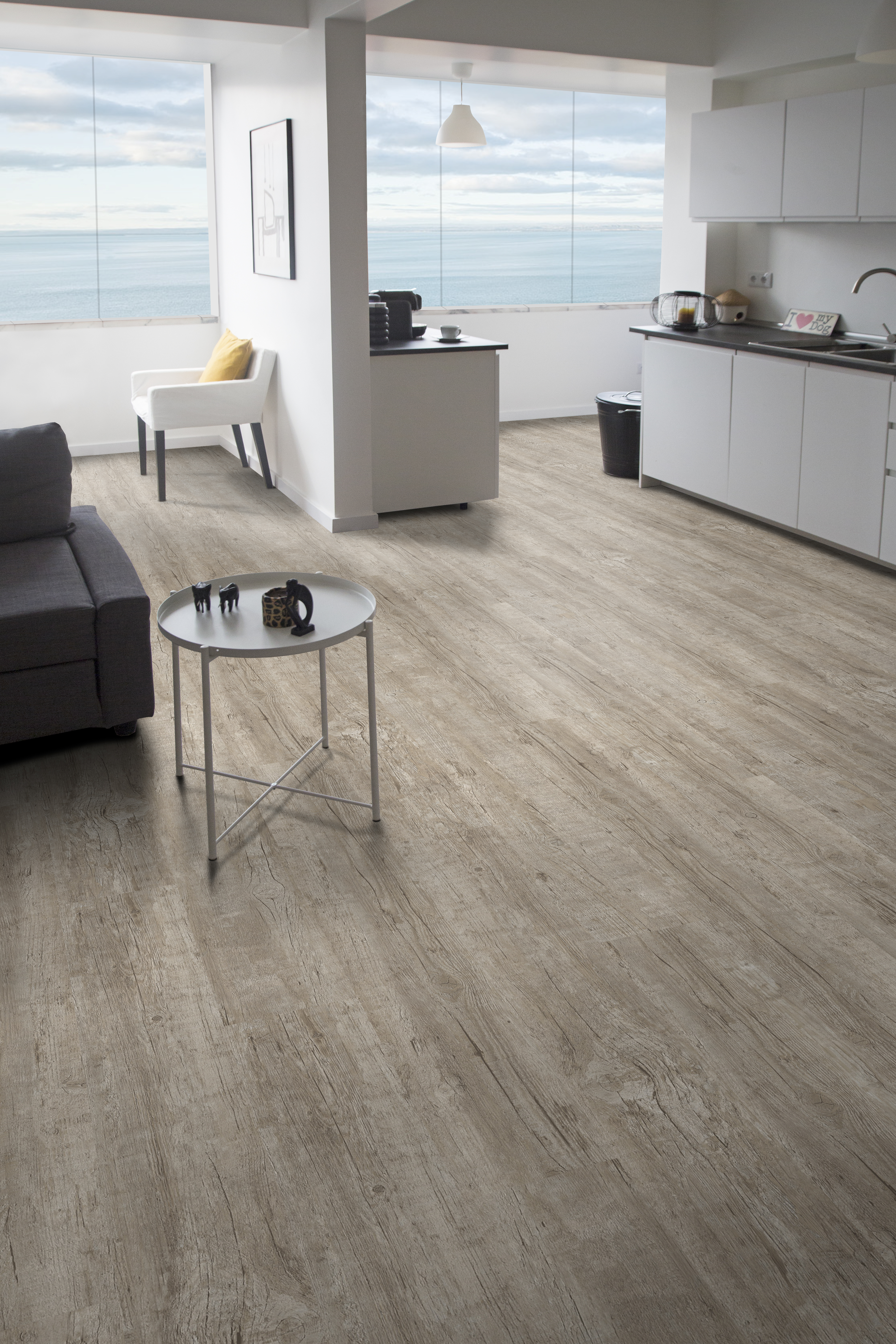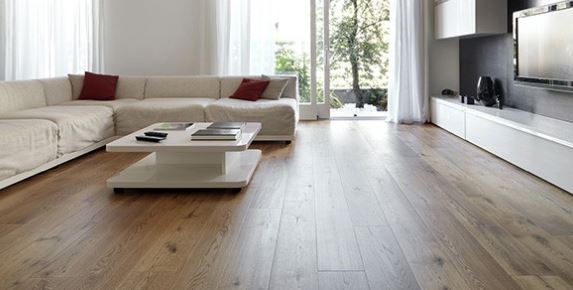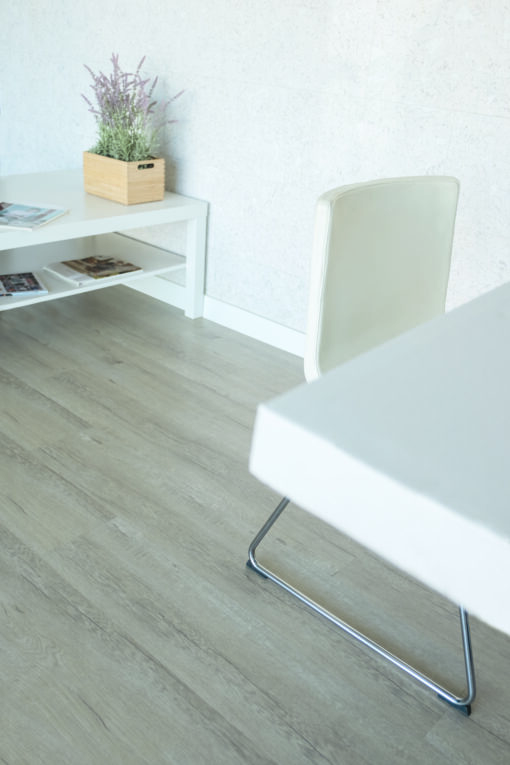The Versatility of Direct Print Cork Flooring
Direct print cork flooring offers a unique combination of style, sustainability, and durability that makes it a popular choice for homeowners and designers alike. This versatile flooring option is available in a wide range of colors, patterns, and textures, making it suitable for various design aesthetics and spaces. Here’s why direct print cork flooring is celebrated for its versatility:
- Wide Range of Designs: Direct print cork flooring is known for its ability to mimic the look of natural materials such as hardwood, stone, and tile. With advanced printing technology, manufacturers can replicate intricate patterns, textures, and grain details, offering a diverse selection of designs to suit any interior style. Whether you prefer the warmth of wood, the elegance of marble, or the rustic charm of stone, there’s a direct print cork flooring design to complement your aesthetic preferences.
- Color Options: Direct print cork flooring is available in an extensive array of colors, ranging from traditional wood tones to bold and vibrant hues. This versatility allows homeowners to experiment with different color schemes and create customized flooring designs that match their decor and personal style. Whether you prefer classic neutrals, trendy grays, or eye-catching accent colors, you’ll find a direct print cork flooring option to suit your taste.
- Texture Variety: In addition to its diverse color palette, direct print cork flooring offers a variety of textures and finishes to enhance visual interest and tactile appeal. From smooth and sleek finishes to distressed and textured surfaces, there’s a texture option to suit every design aesthetic. The ability to choose from a range of textures allows homeowners to create unique flooring designs that add depth and character to their spaces.
- Suitability for Different Spaces: Direct print cork flooring is suitable for a wide range of spaces in the home, including living rooms, bedrooms, kitchens, and bathrooms. Its natural resilience to moisture and humidity makes it an excellent choice for areas prone to spills and splashes, such as kitchens and bathrooms. Additionally, its soft and cushioned surface makes it comfortable to walk on, making it ideal for bedrooms and living areas where comfort is a priority.
- Eco-Friendly Option: As a sustainable and renewable material, cork is an eco-friendly flooring choice that appeals to environmentally conscious homeowners. Direct print cork flooring is made from the bark of cork oak trees, which regenerates naturally without harming the trees. This sustainable harvesting process ensures that cork flooring is an environmentally responsible choice for homeowners seeking eco-friendly flooring options.
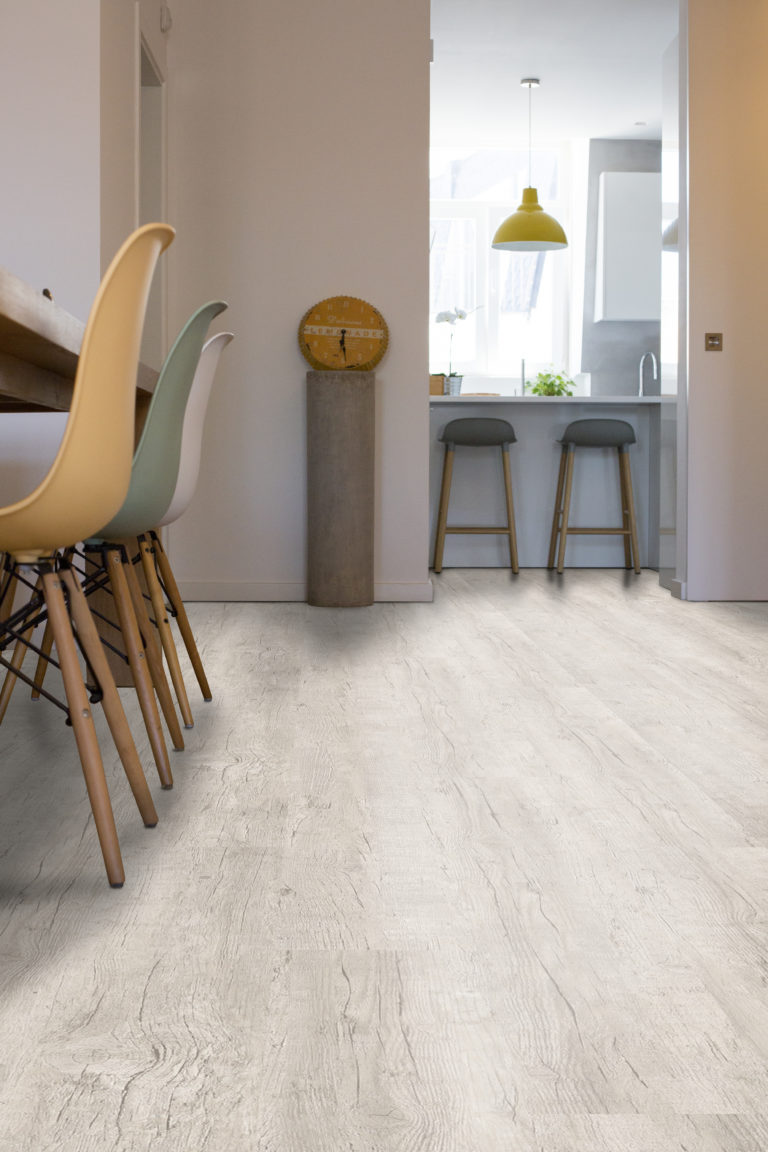
Installation Process and Considerations for Direct Print Cork Flooring
Installing direct print cork flooring is a straightforward process that can be completed by DIY enthusiasts or professional installers. However, there are several important considerations to keep in mind to ensure a successful and long-lasting installation. Here’s a step-by-step guide to the installation process and key considerations for direct print cork flooring:
Acclimate the Flooring: Before installation, acclimate the direct print cork flooring to the room where it will be installed for at least 48 hours. This allows the flooring to adjust to the temperature and humidity levels of the space, reducing the risk of expansion or contraction after installation.
Prepare the Subfloor: Ensure that the subfloor is clean, dry, and level before installing direct print cork flooring. Remove any existing flooring materials, adhesive residue, or debris from the subfloor surface. Use a leveling compound to fill in any low spots or imperfections in the subfloor, and allow it to dry completely before proceeding.
Lay Out the Flooring: Begin by laying out the direct print cork flooring planks or tiles in the desired pattern and orientation. This allows you to plan the layout and make any necessary adjustments before starting the installation process. Consider the direction of natural light, the layout of the room, and any architectural features when determining the best placement for the flooring.
Install the Flooring: Once the layout is finalized, begin installing the direct print cork flooring according to the manufacturer’s instructions. Depending on the type of flooring, you may need to use adhesive, interlocking edges, or a floating installation method. Use a tapping block and mallet to gently tap the planks or tiles into place, ensuring a snug and secure fit.
Leave Expansion Gaps: Leave expansion gaps around the perimeter of the room to allow for natural expansion and contraction of the direct print cork flooring. These gaps should be approximately 1/4 to 1/2 inch wide and covered with baseboards or molding to provide a finished look.
Trim and Finish: Once the flooring is installed, trim any excess material from the edges of the room using a saw or utility knife. Install baseboards or molding to cover the expansion gaps and provide a finished appearance. Finish the installation by cleaning the floor surface and applying any recommended sealants or finishes to protect the flooring and enhance its appearance.
Benefits of Direct Print Cork Flooring in Home Design
Direct print cork flooring offers numerous benefits in home design. Here are six key advantages of choosing direct print cork flooring for your home:
Sustainability: Cork is a renewable resource, as it is harvested from the bark of cork oak trees without causing harm to the tree itself. By choosing direct print cork flooring, you are making an environmentally friendly choice that helps to preserve natural resources.
Insulation properties: Cork is a natural insulator, providing excellent thermal and acoustic insulation. It helps to retain heat during the colder months and keeps the space cool in the summer, resulting in energy savings and increased comfort.
Durability: Direct print cork flooring is highly durable and resistant to wear and tear. It can withstand heavy foot traffic, making it suitable for high-traffic areas such as living rooms, hallways, and kitchens. Additionally, cork flooring is naturally resistant to mold, mildew, and pests, making it a hygienic choice for homes.
Comfort underfoot: Cork flooring offers a soft and cushioned surface that is comfortable to walk or stand on for extended periods. Its natural elasticity provides a slight give underfoot, reducing strain on joints and feet.
Sound absorption: Direct print cork flooring has excellent sound absorption properties, making it ideal for reducing noise in multi-level homes or apartments. It helps to minimize impact noise, such as footsteps or furniture movement, resulting in a quieter and more peaceful living environment.
Easy maintenance: Direct print cork flooring is relatively low-maintenance. Regular sweeping or vacuuming, along with occasional damp mopping, is usually sufficient to keep the flooring clean and looking its best. Cork flooring is naturally resistant to stains and spills, making it a practical choice for busy households.
Maintenance Tips for Direct Print Cork Flooring
Proper maintenance is essential to ensure the longevity and beauty of direct print cork flooring. Here are six maintenance tips to help you keep your cork flooring in top condition:
Regular sweeping or vacuuming: Use a soft-bristle broom or a vacuum cleaner with a hardwood floor attachment to remove dirt, dust, and debris that can scratch the surface of the cork flooring. Regular sweeping or vacuuming helps to prevent the build-up of grit or abrasive particles.
Promptly clean up spills: Although cork flooring is naturally resistant to water, it is important to clean up spills promptly to prevent any potential damage. Use a damp cloth or mop to clean up spills, and avoid excessive moisture on the cork surface.
Avoid abrasive cleaners: Harsh chemicals or abrasive cleaners can damage the finish of the cork flooring. Instead, use a pH-neutral cleaner specifically designed for cork flooring. Follow the manufacturer’s recommendations for cleaning products.
Use protective pads: To prevent scratches or indentations from furniture, use felt pads or coasters under heavy items. This helps to distribute the weight more evenly and protect the surface of the cork flooring.
Place doormats at entryways: Placing doormats at entryways can help to prevent dirt, grit, and moisture from being tracked onto the cork flooring. This reduces the risk of scratches and keeps the flooring cleaner for longer.
Avoid direct sunlight: Prolonged exposure to direct sunlight can cause fading or discoloration of the cork flooring. Use window coverings, such as blinds or curtains, to protect the flooring from excessive sunlight.
Comparing Direct Print Cork Flooring to Traditional Options
When comparing direct print cork flooring to traditional flooring options such as hardwood or laminate, there are several factors to consider. Here are six key points to help you compare direct print cork flooring to traditional options:
Eco-friendliness: Direct print cork flooring is a more sustainable choice compared to traditional options. Cork is a renewable resource, while hardwood requires cutting down trees. By choosing direct print cork flooring, you are making a more environmentally conscious choice.
Comfort: Cork flooring offers a softer and more cushioned surface compared to hardwood or laminate. The natural elasticity of cork makes it more comfortable to walk on, reducing strain on joints and feet. Additionally, cork flooring has excellent sound absorption properties, making it ideal for reducing noise in multi-level homes or apartments.
Durability: Direct print cork flooring is highly durable and resistant to wear and tear. It can withstand heavy foot traffic and is less prone to scratching or denting compared to hardwood or laminate options.
Maintenance: Direct print cork flooring is relatively low maintenance. It requires regular sweeping or vacuuming and occasional damp mopping to keep it clean and looking its best. Hardwood flooring often requires more maintenance, such as refinishing or resealing.
Moisture resistance: Cork flooring is naturally resistant to moisture, making it a suitable choice for areas prone to spills or humidity, such as kitchens or bathrooms. This sets it apart from hardwood flooring, which is more susceptible to water damage.
Cost: While the initial cost of direct print cork flooring may be slightly higher than traditional options, such as laminate, the long-term cost savings can be significant. Cork flooring is durable and long-lasting, reducing the need for frequent replacement or repairs.
Direct Print Cork Flooring – Oak Havana
Direct Print Cork Flooring – Oak Urban Mix
Direct Print Cork Flooring – Oak Savannah
Direct Print Cork Flooring – Oak Kashmir – World Floors Direct
Cork Flooring – Direct Print Collection ideas cork flooring, flooring
Direct Print Cork Flooring – Oak Mojave – World Floors Direct
Cork Flooring – Direct Print Collection ideas cork flooring
Cork Flooring Pros and Cons
Direct Print Cork Flooring – Oak Pure – World Floors Direct
Related Posts:

